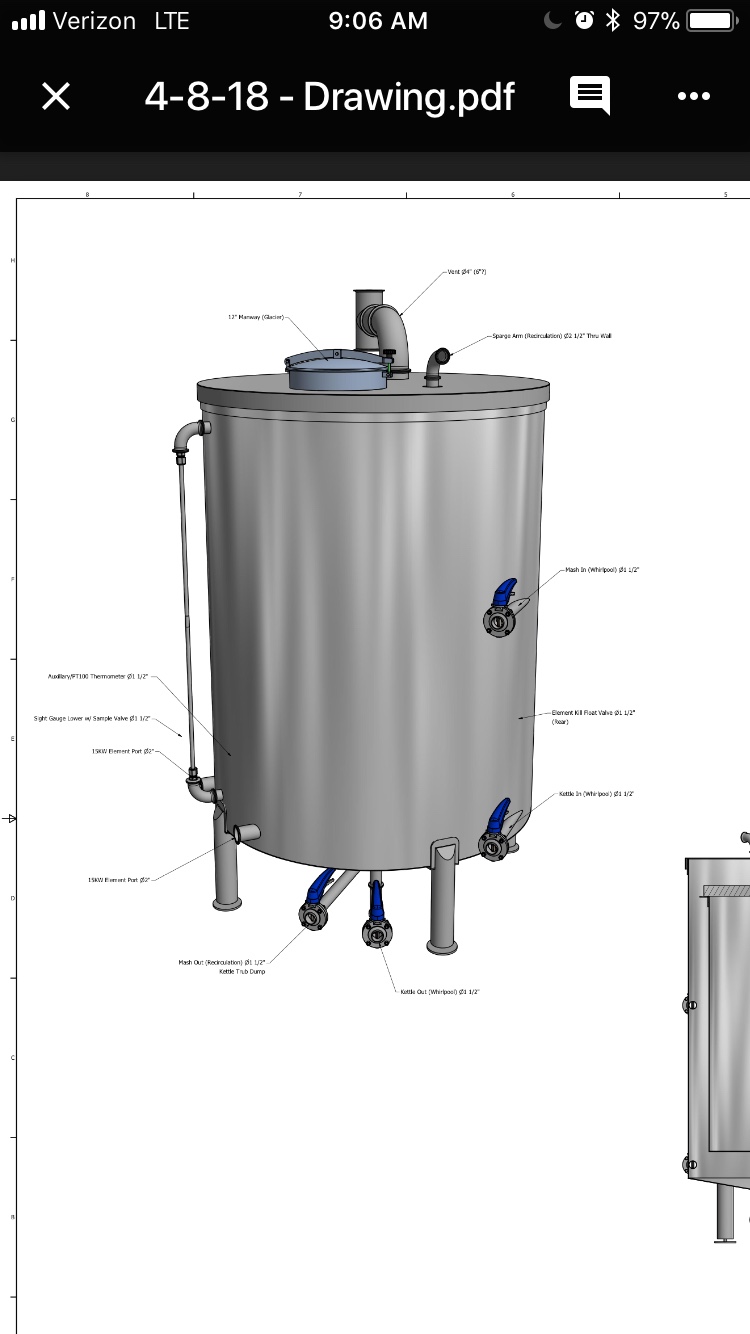rkhanso
Well-Known Member
- Joined
- Jan 24, 2017
- Messages
- 776
- Reaction score
- 175
BrunDog - I have an aluminum kettle and bought a stainless 2" TC ferrule to JB weld onto my kettle. I'll be using a 2" hole saw and hopefully a steady hand to not let it get out of control.
I was looking through the thread for a picture of your TC Ferrule being JB Welded to the kettle, but couldn't find one.
Do you still have that ferrule JB Welded onto the kettle? If so, are you happy with that?
I don't want it to look too ugly, but it being secure is the most important.
I see you used the Stick of JB Weld instead of the two tubes.
Any suggestions for mounting the ferrule at the top of my aluminum kettle?
I was looking through the thread for a picture of your TC Ferrule being JB Welded to the kettle, but couldn't find one.
Do you still have that ferrule JB Welded onto the kettle? If so, are you happy with that?
I don't want it to look too ugly, but it being secure is the most important.
I see you used the Stick of JB Weld instead of the two tubes.
Any suggestions for mounting the ferrule at the top of my aluminum kettle?








